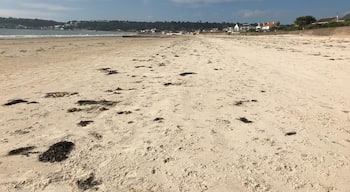セント ローレンス
旅行ガイド





セント ローレンス の宿泊エリアガイド
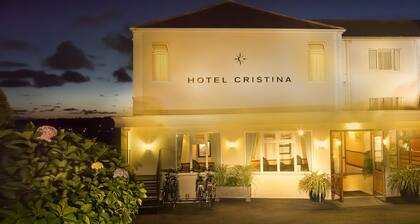
口コミ投稿日 : 2024 年 9 月 27 日
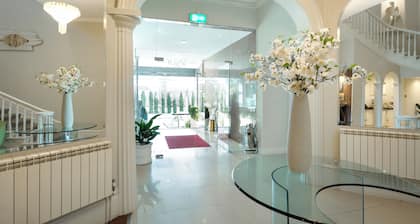
口コミ投稿日 : 2024 年 11 月 2 日
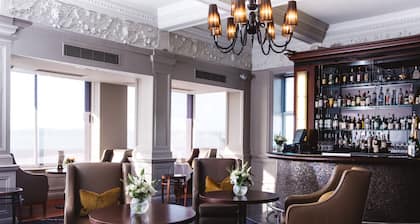
口コミ投稿日 : 2025 年 4 月 13 日

口コミ投稿日 : 2025 年 3 月 17 日

口コミ投稿日 : 2025 年 4 月 9 日

口コミ投稿日 : 2025 年 3 月 14 日
人気の観光スポット

ジャージー地下トンネル病院跡
セント ローレンス訪問中には、ジャージー地下トンネル病院跡のさまざまな展示品を鑑賞しながら、充実した時間を過ごすことができます。 またリラックスできるこのエリアでは、きれいなビーチを散策するのも活気あふれるバーを訪ねて美味しい逸品を味わうのも良いでしょう。
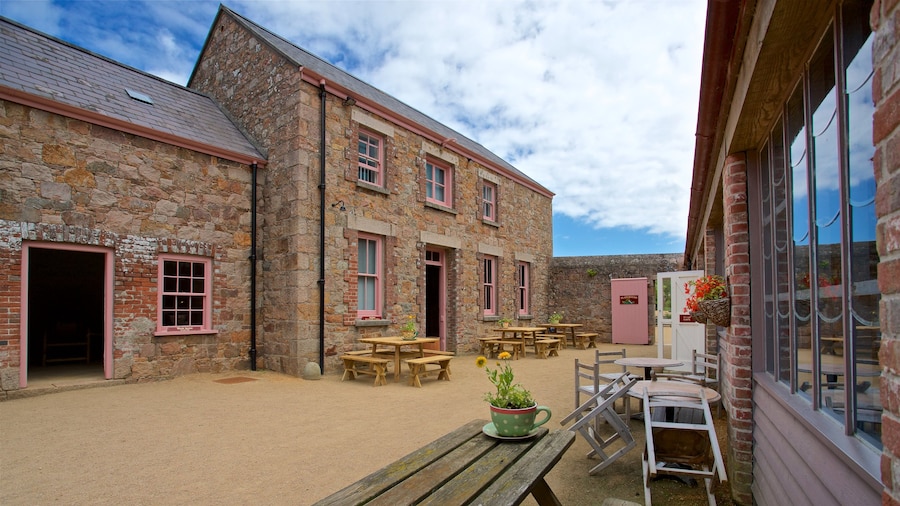
ハンプトン カントリー ライフ ミュージアム
セント ローレンス旅行中には、ハンプトン カントリー ライフ ミュージアムのさまざまな展示物を眺めながら、充実したひと時を過ごすことができます。 またリラックスできるこのエリアでは、きれいなビーチを散策するのも活気あふれるバーを訪ねて美味しい逸品を味わうのも良いでしょう。
ジャージーズー
ジャージーズーを訪ねるなら、セント ローレンスの歴史についてじっくり学びましょう。 さらにこのリラックスできるエリアでは、海辺を散策し、スパを訪れて充実した時間を過ごしてください。
聖マシュー教会 (ガラスの教会)
聖マシュー教会 (ガラスの教会)を訪れれば、セント ローレンスの歴史について学べます。 さらにこのリラックスできるエリアでは、きれいなビーチを散策し、活気あふれるバーを訪ねて美味しい逸品を味わうのも良いでしょう。
ジュディス・クワリーの庭
セント ローレンスでは美しい自然スポット、ジュディス・クワリーの庭で最高のアウトドアを体験しましょう。さらにこのリラックスできるエリアでは、スパをじっくりと訪れ、一流レストランを訪ねて美味しい逸品を味わうのも良いでしょう。
ジャージー ゴールドスミス
セント ローレンス滞在中には、ジャージー ゴールドスミスに足を運びましょう。またリラックスできるこのエリアでは、きれいなビーチを散策するのも活気あふれるバーを訪ねて美味しい逸品を味わうのも良いでしょう。
